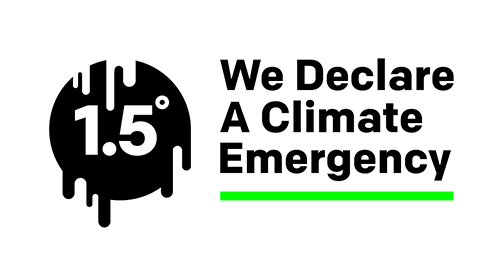Send a message 0333 344 5890 |
- Home
- Knowledge
- Membership FAQs
- What’s included in my carbon footprint?
What’s included in my carbon footprint?
Any plan to limit the effects of climate change first requires an accurate assessment of a company’s greenhouse gas (GHG) emissions.
To calculate the carbon footprint of any business, at Go Climate Positive we provide a full implementation of the Green House Gas (GHG) protocol Corporate Accounting and Value Chain Standard. This standard was established in 1998 to address the need for a consistent and comparable framework for GHG reporting and is the most widely recognised standard for measuring GHG emissions today.
Differentiating between emissions that organisations have direct or indirect control over is central to the standard, which also categorises emissions into three scopes, according to where the emissions are generated: Scope 1, Scope 2 and Scope 3.
What are Scopes 1, 2 and 3?
When reporting on its carbon emissions, a common scenario is that an organisation will focus first on its scope 1 and 2 emissions. Scope 1 emissions are essentially all the emissions that are directly owned or controlled by a company, for example, those released by company-owned facilities or vehicles, while scope 2 emissions are the indirect emissions- from the generation of purchased energy, for example- that runs these facilities or vehicles.
Scope 3 emissions, often referred to as Value Chain emissions, meanwhile, represent all the emissions that originate from sources that aren’t owned or controlled by the organisation but occur because of its relationship with other organisations in the production, distribution and eventual disposal of the reporting organisation’s products and services. Scope 3 emissions therefore incorporate the emissions from the upstream and downstream activities of an organisation that are not already captured in scope 1 and 2.
The scope 3 standard accounts for 15 categories of emissions that include activities both upstream (in your supply chain) and downstream (in your products and services) of your business’s operations. We always include all relevant categories to calculate the contribution made by your value chain to your overall carbon footprint.
While each of the 15 Scope 3 categories is comprised of multiple activities that individually result in emissions, the categories are each designed to be mutually exclusive, such that, for any one reporting company, there is no double counting of emissions between categories.

As you can see, from the breadth and detail of the scope 3 categories, above, there is a large degree of crossover between the carbon footprints of organisations in a value chain. This highlights an important aspect of carbon reduction, that it cannot be done in isolation, but is inherently a collaborative exercise in which you will need to work with your suppliers, customers, and employees. The purpose of a carbon footprint calculation is not to highlight only those emissions for which you are solely responsible, but to highlight all the emissions over which you have an influence, to give you lots of targets for reduction activities.
Carbon Offsetting
When measuring a carbon footprint, we also consider further positive activities an organisation has undertaken to offset its unavoidable carbon emissions. Offsetting is therefore about investing in projects that save or remove carbon elsewhere, to balance the emissions a business has directly or indirectly generated. Examples might be tree planting to suck carbon out of the atmosphere as they grow or providing efficient cook-stoves that require much less fuel to work.
We strongly believe that for a robust Carbon Neutral claim ALL relevant Scope 3 categories must be offset. This is not always the case for other programmes so when comparing programmes, it is important to check whether all scope 3 categories are included to avoid the risk of greenwashing.
At Go Climate Positive, we help clients to invest in Gold Standard Certified carbon credits. These credits are independently certified to adhere to best practice principles of offsetting which include, verifiability; additionality; permanence; and avoidance of negative consequences. We also help clients to support the creation of new, managed woodland in the UK.
Avoided Emissions
In an extension to Scope 3 emission measurement, we also include the avoided emissions that an organisation creates. Avoided Emissions are emission reductions that occur outside of a product’s life cycle or organisation’s value chain, but as a direct result of the use of that product or the actions of that organisation. Examples of products, goods and services that avoid emissions include low-temperature detergents, fuel-saving tyres, energy-efficient ball-bearings, and teleconferencing services. Examples of organisation activities that avoid emissions include product take-back schemes, providing electric vehicle charging for customers and providing energy saving technology to suppliers that benefits their other customers. Other terms used to describe avoided emissions include climate positive, net-positive accounting, and scope 4.
Out of Scope Emissions
In a further extension to Scope 3 emission measurement, we also include the “out of scope” emissions that are created using bioenergy (the burning of fuels of biological origin). These fuels are carbon neutral as they absorb carbon as they grow. This means the carbon emitted when they are burned is not considered part of your Carbon footprint. However, this carbon does contribute to global warming and in the long-term needs to be eliminated to achieve net zero emissions. For this reason, we include them in your Net Emissions total, but not your Net Carbon Footprint.
If you would like some guidance on how to calculate your emissions get in touch with our Carbon Coaches today.




